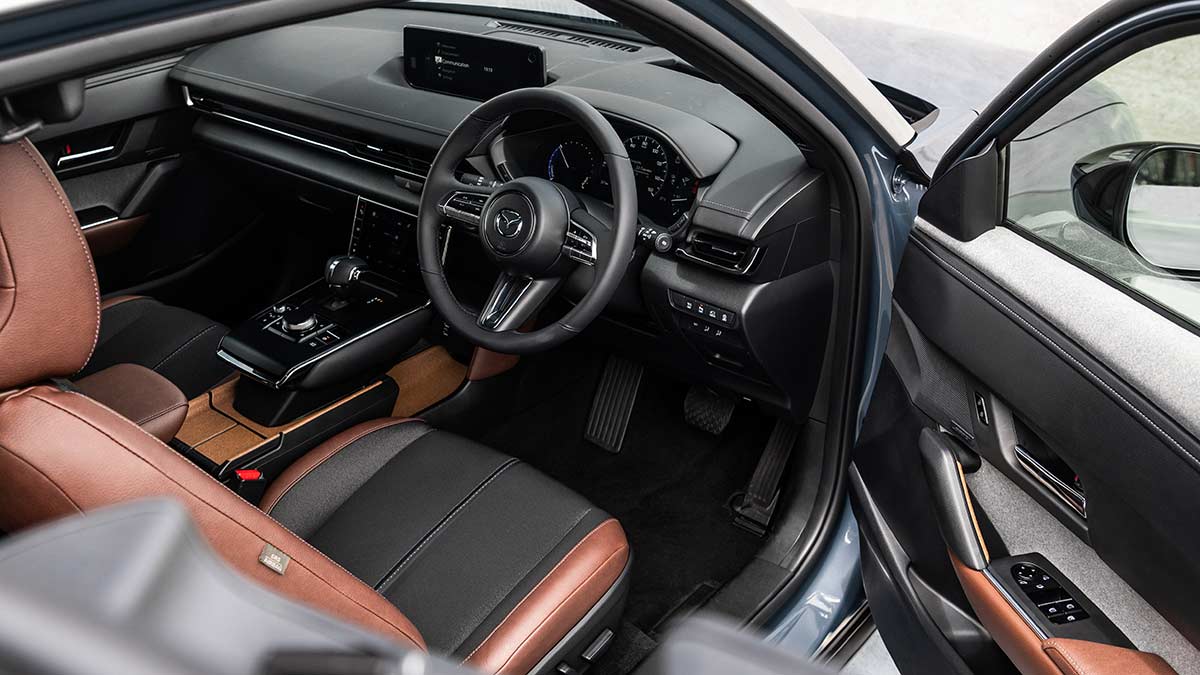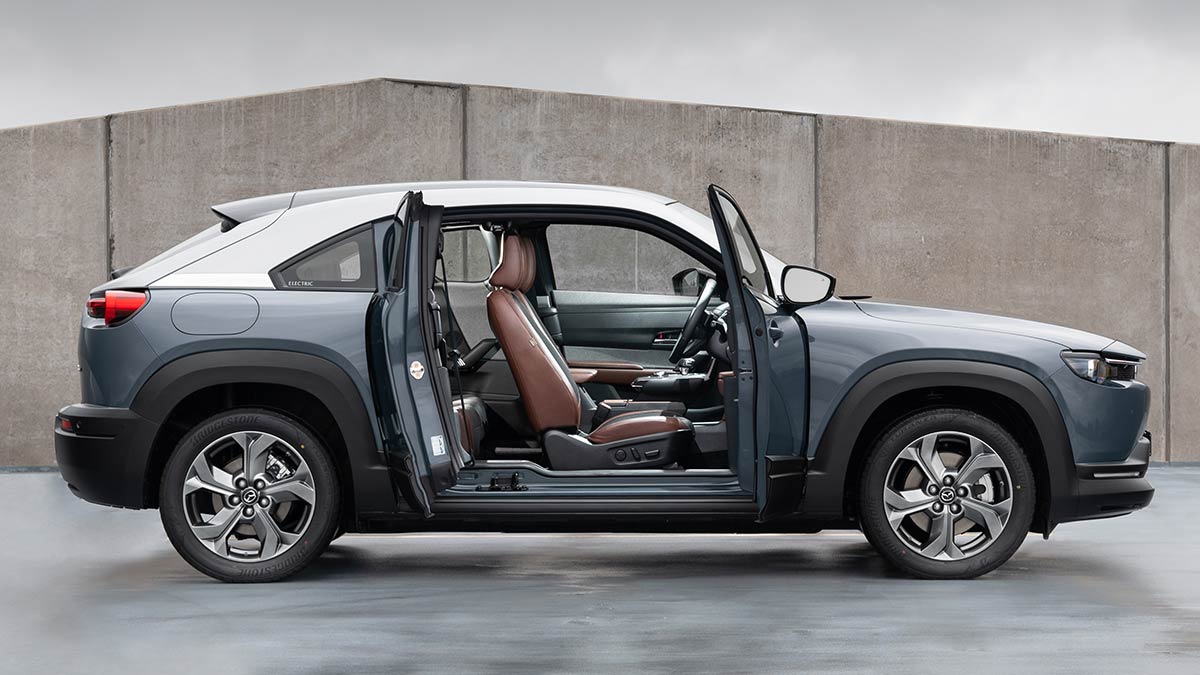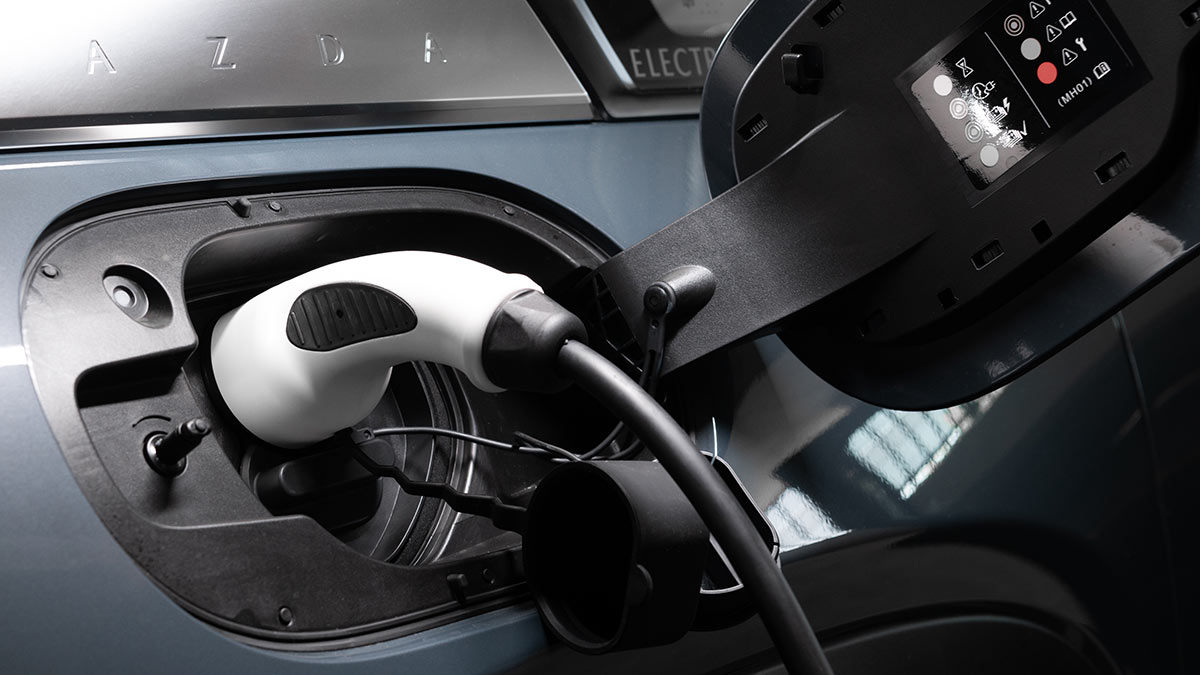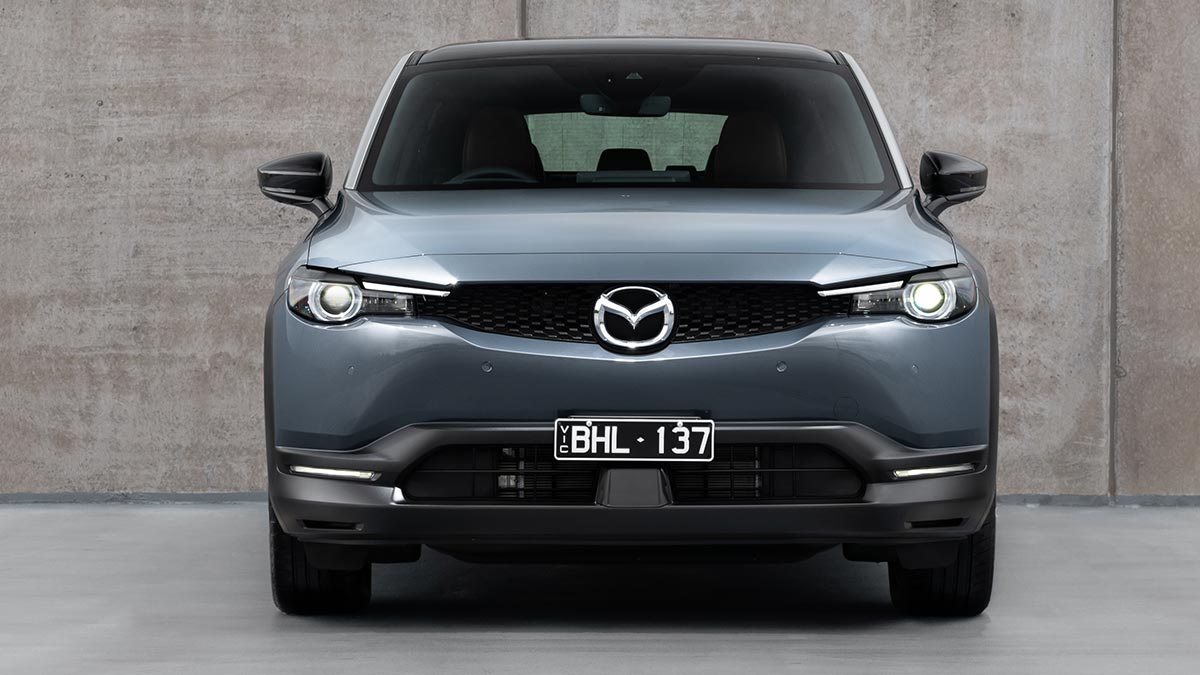The Foton Tunland joins Australia's dual-cab ute market as an affordable mild-hybrid diesel under $50,000, offering strong capability against tough competition.
Big price, little range: 2022 Mazda MX-30 Electric road test review

Mazda’s MX-30 Electric is a great small SUV, but with a small battery, little cargo space, and a hefty price tag, limits its role to that of an urban runabout.
It isn’t hard to see what Mazda’s engineers were envisioning when they dreamt up the Mazda MX-30 Electric: craft a small SUV, bolt in a lightweight battery and endow the car with typical Mazda handling refinement.
They achieved all three, but compromised the fundamental purpose of an SUV, which is to carry people and parcels.
There’s not much point infusing a sporty ride (and it’s worth noting the MX nomenclature is derived from Mazda’s sports-oriented MX-5) in a vehicle that only has 200km of range, effectively restricting it to short journeys.
On this page
- How much does the MX-30 Electric cost?
- What's the MX-30 Electric like inside?
- Is the MX-30 Electric safe?
- What's under the MX-30 Electric's bonnet?
- Is the MX-30 Electric efficient?
- How does the MX-30 Electric drive?
- Should I buy a MX-30 Electric?
How much does the MX-30 Electric cost?
Too much for most. The sticker price of $65,490 puts the MX-30 Electric at $71,019 on the road for Melburnians.
That’s around $2,000 more than a comparably sized Mini Cooper electric and similar money to the likes of the Kia Niro and Hyundai Kona. The problem for Mazda is both the Kia and Hyundai offer more space in the back seats and boot, along with at least double the range between recharges.
Metallic paint adds $595 to the tally and the tri-colour paint schemes are $1,590 more expensive.
The Mazda is covered by a five-year/unlimited kilometre warranty. Servicing intervals are 12 months or 15,000km and the first five visits to the dealership will run to a total of $919.
What’s the Mazda MX-30 Electric like inside?
The Mazda scores points here for the interior presentation, with quality materials generally used throughout the cabin.
An 8.8-inch infotainment screen is good and easily operated using the rotary controller and the soft-touch plastics are well-formed and tactile.
The recycled-cork interior accents are polarising. It is reminiscent of the recycled PET material used in the BMW i3 and promotes eco-consciousness as a visual highlight, rather than aligning with practicality.
The Mazda MX-30’s biggest drawback is the lack of space. Storage up front is good, devolving into farcical in the rear seats.
This is a compact SUV that is restricted to kids-only in the back seats as the legroom ensures adults can’t comfortably occupy the space.
Headroom is fine, but you will not fit a pair of 170cm adults front and without those in the back becoming frustratingly familiar with their knees.
Adding to the lack of SUV versatility is the tiny (311-litre) boot. That space is calculated before the charging cables are laid in the boot floor (there is no underfloor space), ensuring there’s not a lot of luggage going in the back of the MX-30 Electric.
Is the Mazda MX-30 Electric safe?
Mazda prides itself on five-star cars and the MX-30 doesn’t disappoint.
ANCAP awarded the compact SUV a five-star rating.
Adult occupant protection was judged to be 93 per cent; child occupant protection was considered to be 87 per cent; vulnerable road user protection came in at 68 per cent and safety assist systems were awarded 74 per cent.
The MX-30 has the required front centre airbag to prevent T-bone head-clashes, along with a driver’s knee bag and front and side cushions.
What’s under the MX-30 Electric’s bonnet?
The Mazda MX-30 packs a 35.5kW/h battery under the floor. That simply doesn’t cut the mustard in terms of modern electric vehicles, invoking range anxiety.
If you’re planning a road trip, you are going to have to carefully consider the route to find charging stations.
As a second car used for urban duties, it is a much more appealing proposition.
Is the Mazda MX-30 Electric efficient?
The WLTP standard gives the MX-30 a range of around 200km. Around town that is more than achievable, given the regenerative capacity when decelerating is better than average.
Using the climate control in either extreme setting (cold or hot) has a noticeable impact on range.
Mazda quotes a recharge time of around nine hours from 20-80 per cent if you plug directly into a household 10-amp 240V socket.
A home 7kW wall box will trim the time to around three hours, while a 50kW public fast charger can perform the same recharge rate in a quoted 36 minutes.
How does the Mazda MX-30 Electric drive?
The drive experience is a highlight for the MX-30. It has the poise and precision to disguise its SUV styling and transform it into a corner-hugging car.
An electronic torque-vectoring system lets this front-wheel drive SUV hook in harder than most comparably sized battery-electric vehicles and it conforms to the Mazda “fun-to-drive” ethos.
The steering is light and precise and there is little evidence of body roll or fore-to-aft pitching.
The trouble is, that’s not what the MX-30 is ostensibly for.
Should I buy a MX-30 Electric?
Given the price, the MX-30 can be cross-shopped against a range of vehicles.
Mini’s electric Cooper offers comparable dynamics, while the Hyundai Kona and Kia Niro deliver more space and more range for a similar price.
Head to the MG ZS and it undercuts the price of all the above.
That makes it hard to recommend the Mazda as anything other than a stylish second car.
The information provided is general advice only. Before making any decisions please consider your own circumstances and the Product Disclosure Statement and Target Market Determinations. For copies, visit racv.com.au. As distributor, RACV Insurance Services Pty Ltd AFS Licence No. 230039 receives commission for each policy sold or renewed. Product(s) issued by Insurance Manufacturers of Australia ABN 93 004 208 084 AFS Licence No. 227678.






